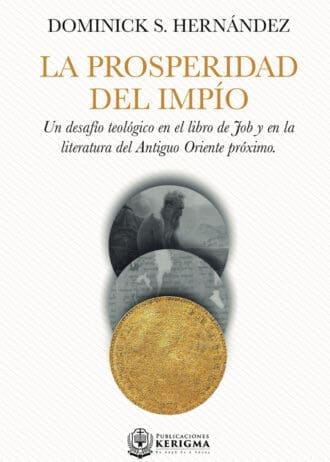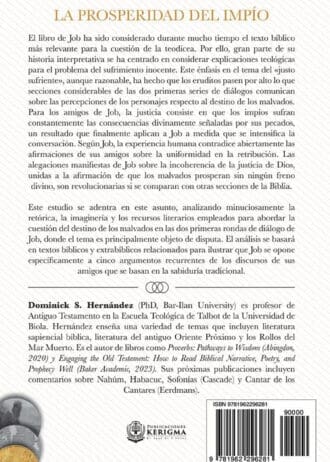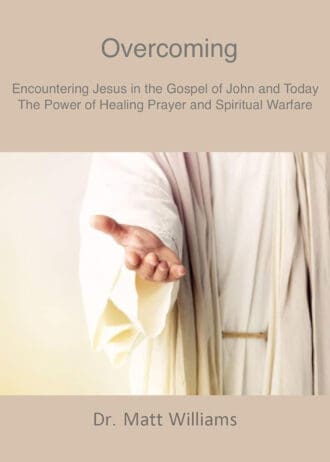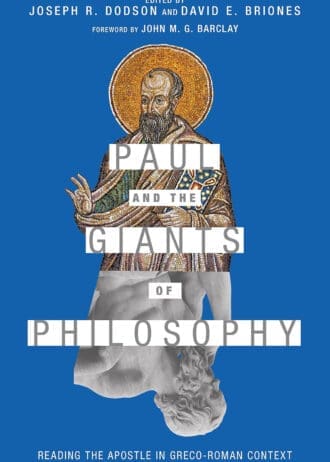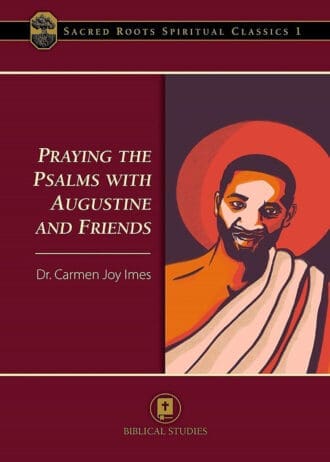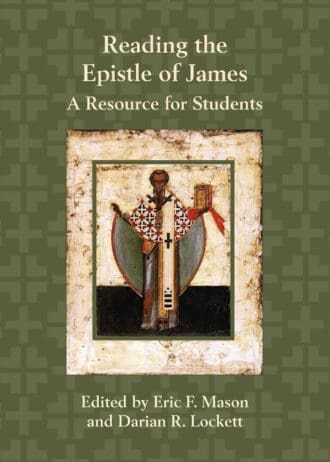La Prosperidad del Impío (Spanish Edition)
El problema del mal, del sufrimiento de los inocentes, ha atormentado a los teólogos durante milenios. Sin embargo, la prosperidad de los malvados, aunque menos destacada, causaba gran angustia a figuras bíblicas como Jeremías, y es un tema importante en los diálogos entre Job y sus compañeros. El profesor Hernández ofrece un tratamiento exhaustivo de este tema, haciendo un uso experto de la filología, el análisis literario y temático, y la comparación con textos del antiguo Oriente Próximo. Este libro debería convertirse en un estándar, de interés para los estudiantes de la Biblia en general y de Job en particular.

